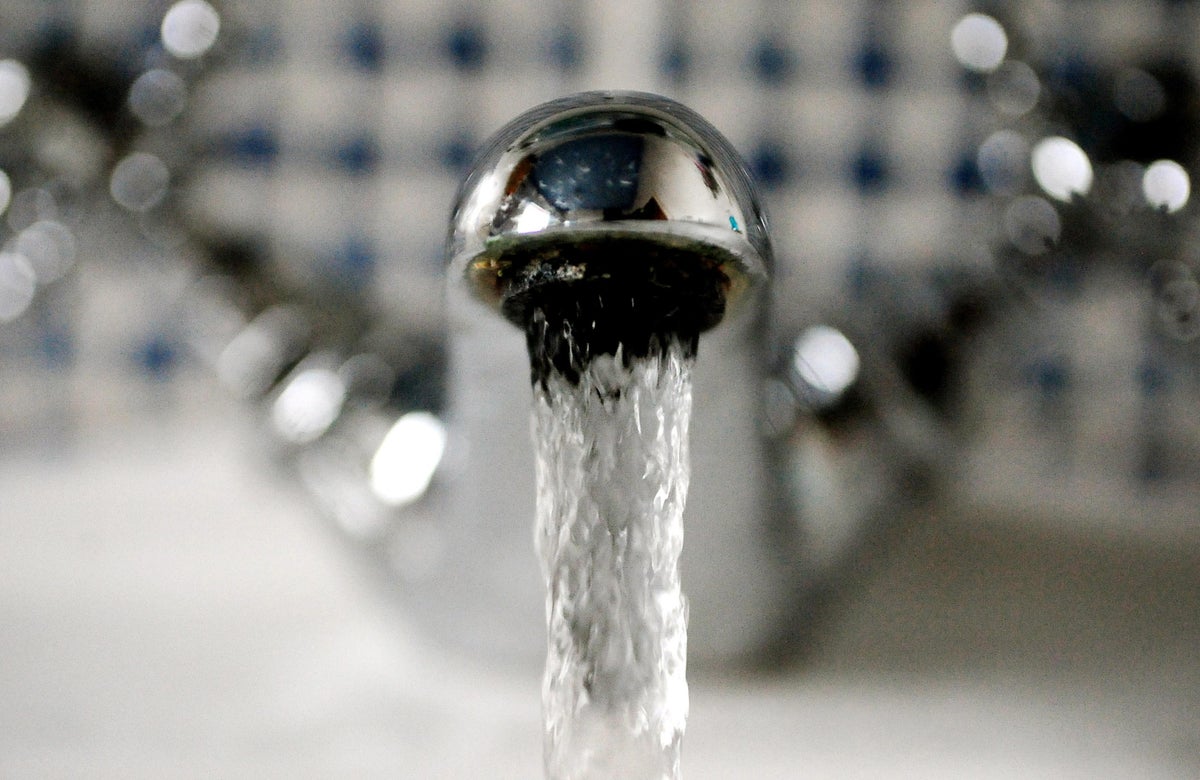
Your support helps us to tell the story
This election is still a dead heat, according to most polls. In a fight with such wafer-thin margins, we need reporters on the ground talking to the people Trump and Harris are courting. Your support allows us to keep sending journalists to the story.
The Independent is trusted by 27 million Americans from across the entire political spectrum every month. Unlike many other quality news outlets, we choose not to lock you out of our reporting and analysis with paywalls. But quality journalism must still be paid for.
Help us keep bring these critical stories to light. Your support makes all the difference.
Australia may soon tighten regulations on allowable levels of “forever chemicals” in drinking water, with guidelines proposing significant reductions.
The National Health and Medical Research Council on Monday released draft guidelines recommending far lower limits of four PFAS compounds, reflecting growing concerns about their potential health risks.
PFAS are a class of thousands of synthetic chemicals used in common products, ranging from nonstick cookware to firefighting foams and stain-resistant fabrics.
They are notoriously persistent in the environment and can take decades or longer to break down earning them the label "forever chemicals”.
PFAS can accumulate in human and animal tissue, leading to widespread exposure through contaminated water, food and even air. Their presence in drinking water is of particular concern due to the potential for long-term health effects.
Dr Ian Musgrave, senior lecturer at the University of Adelaide, said PFAS are “highly fat-soluble compounds that are very slow to break down”.
“They persist in the environment and can accumulate in the human body. It can take five years for half an ingested dose of PFAS to be removed.”
The draft guidelines propose stricter limits based on evidence linking PFAS exposure to various health issues. The limit for PFOA, used in making products like teflon, would drop from 560 nanograms per litre (ngl) to 200 ngl.
This reduction is based on evidence of PFOA's carcinogenic properties. In December 2023, the International Agency for Research on Cancer classified PFOA as a cancer-causing agent for human beings, placing it in the same category as other known carcinogens such as alcohol and air pollution.
Similarly, the limit for PFOS, once a primary ingredient in Scotchgard fabric protectors, would be slashed from 70 ngl to just 4 ngl. This change stems from new research highlighting PFOS's potential effects on bone marrow.
The guidelines also set new limits for PFAS compounds PFHxS and PFBS based on their impact on thyroid function. The proposed limit for PFHxS is 30 ngL while PFBS, which has been used as a replacement for PFOS in Scotchgard since 2023, would be capped at 1000 ngl.
“The proposed guidelines are pretty sensible and within the ranges suggested by other regulatory agencies around the world, except for the USA – whose guidelines for some compounds are lower but based more on policy, not any scientific evidence of harm,” said Oliver Jones, professor of chemistry at RMIT University.
While the proposed limits for PFOS align with draft guidelines in the US, Australia's limit for PFOA remains higher than that in the US.
In the US, regulatory authorities aim for zero concentrations of carcinogenic compounds while Australia takes a "threshold model" approach, meaning that regulators believe health risks are mitigated as long as chemical concentrations remain below a threshold.
According to the council’s chief executive professor Steve Wesselingh, the limits were determined using animal studies in the absence of high-quality human studies to guide the process.
“It’s not unusual for guideline values to vary from country to country,” Prof Wesselingh said, explaining that different countries use various methodologies and scientific endpoints when setting safety limits for substances like PFAS.
The council opted to create individual limits for each PFAS compound rather than a combined limit, citing the vast number of PFAS chemicals and the limited toxicological data available for most of them.
Water quality management in Australia is overseen by both federal and state governments.
According to Dr David Cunliffe, a principal water quality adviser, producing individual guideline values for specific PFAS compounds ensures that drinking water safety measures are based on the best available science.
Despite the proposed stricter limits, experts say the public need not be overly concerned about PFAS in their drinking water.
Dr Daniel Deere, a water and health consultant at Water Futures, said that Australia has relatively little PFAS contamination in its public water supplies.
He advised that alternative water sources, such as bottled water, home filtration systems, or rainwater tanks, are unnecessary unless individuals are specifically notified by local authorities of PFAS contamination in their area.
Professor Stuart Khan, head of the school of civil engineering at the University of Sydney, said: "Australians can continue to feel confident that the Australian Drinking Water Guidelines incorporate the latest and most robust science to underpin drinking water safety.”
The council’s review of PFAS limits in drinking water has been underway since late 2022. The current guidelines, last updated in 2018, are being revised in response to mounting evidence of PFAS-related health risks.
The draft guidelines will remain open for public consultation until 22 November 2024, allowing scientists, stakeholders, and the public to provide feedback before the final limits are established.







